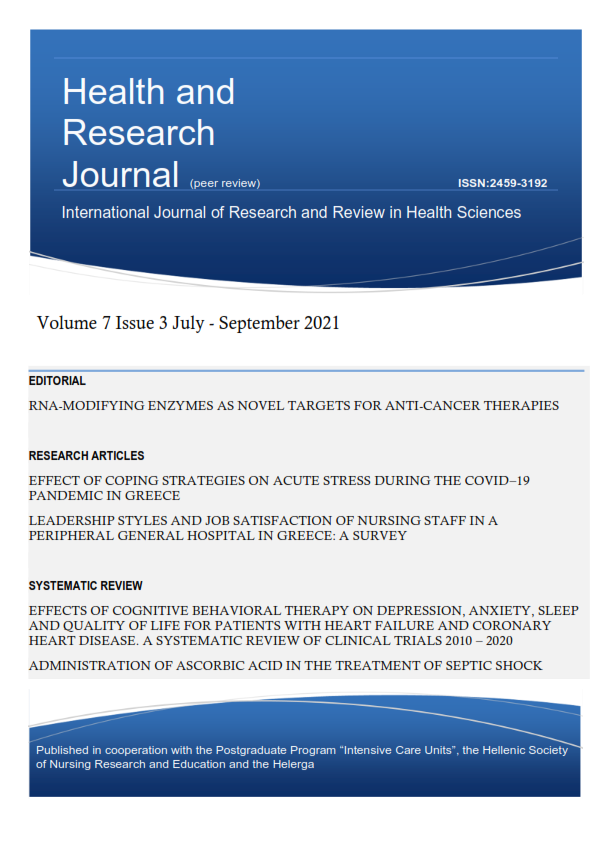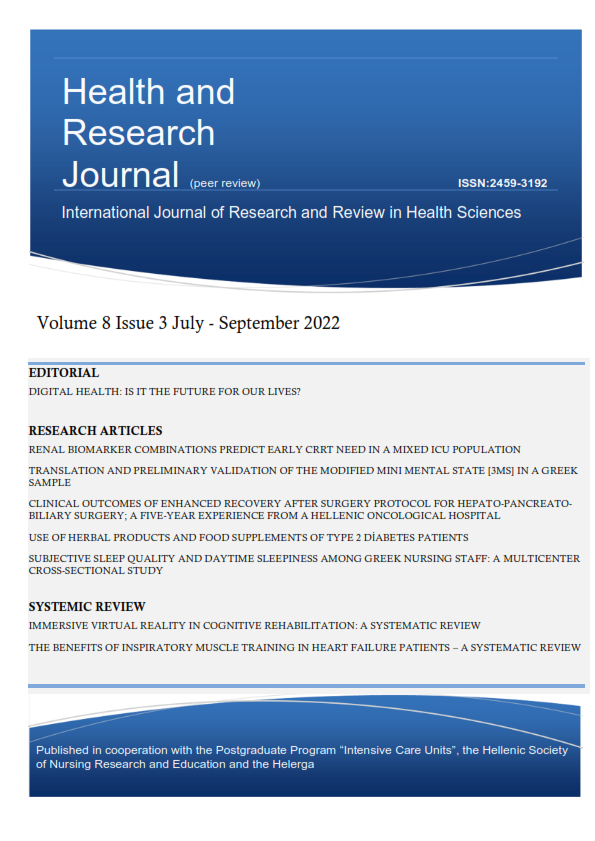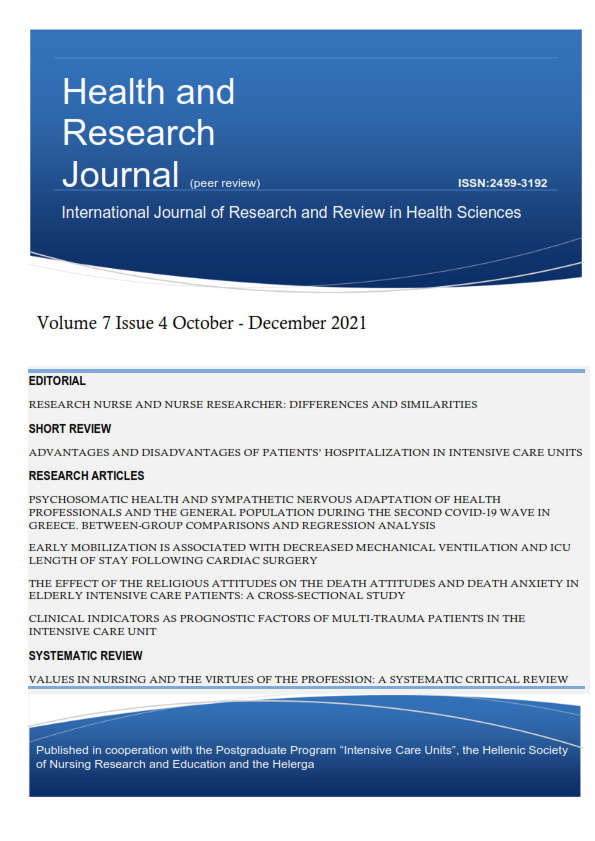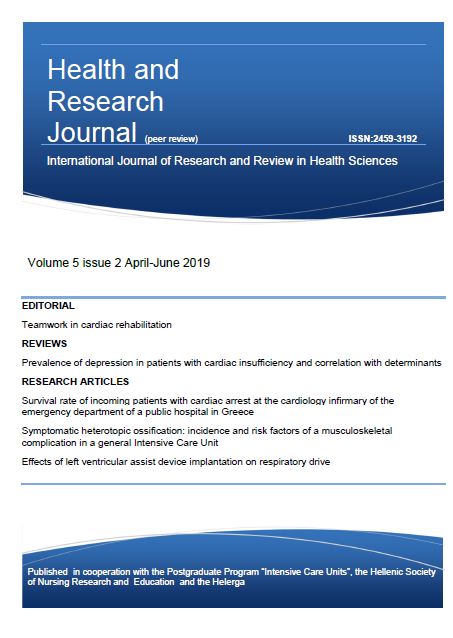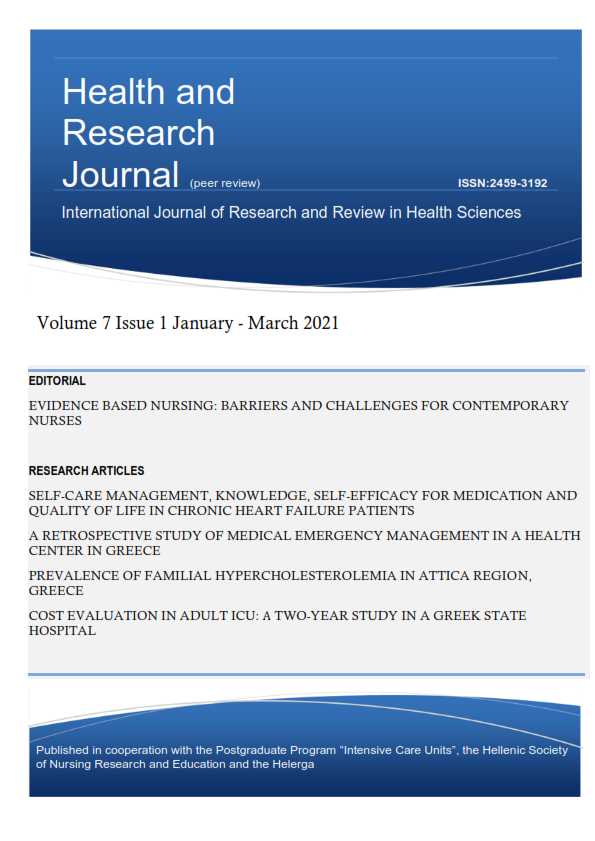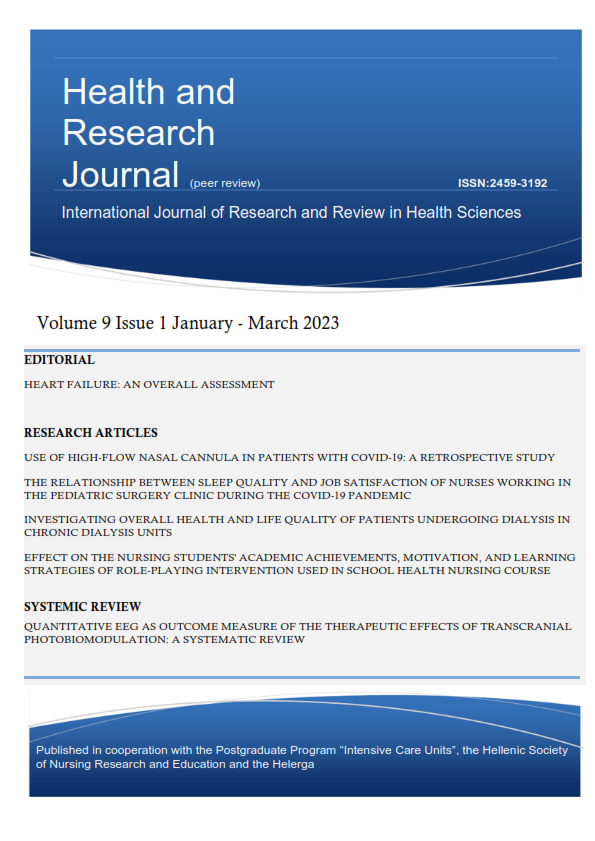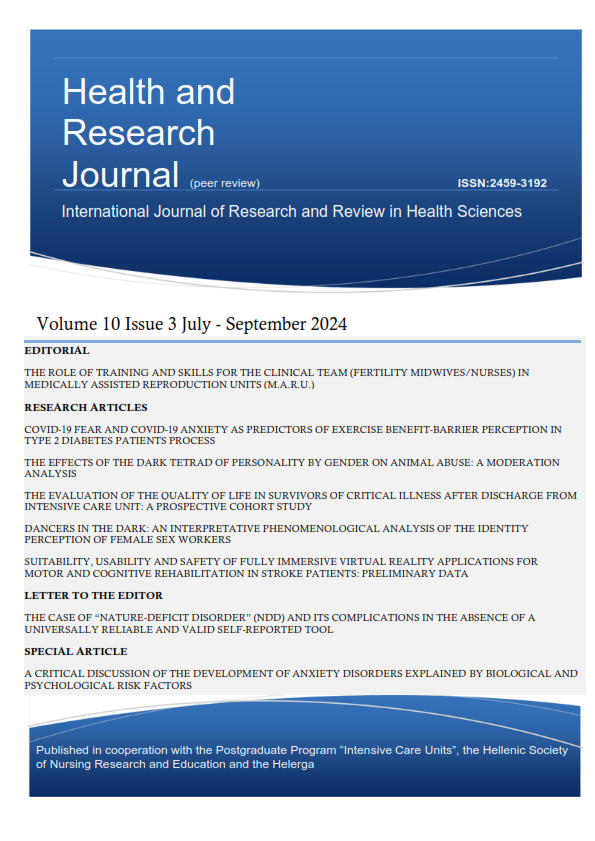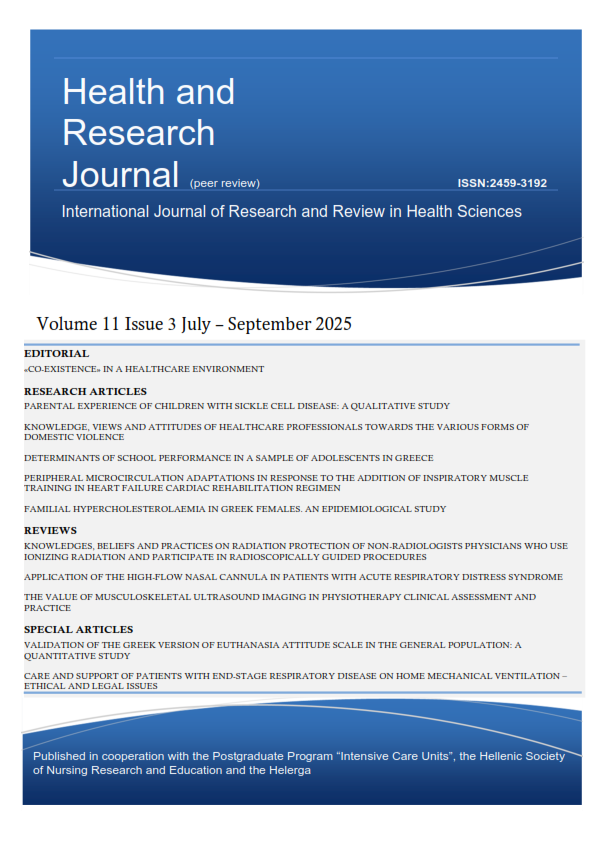Studying the Swallow using Surface Electroencephalography: A Systematic Review
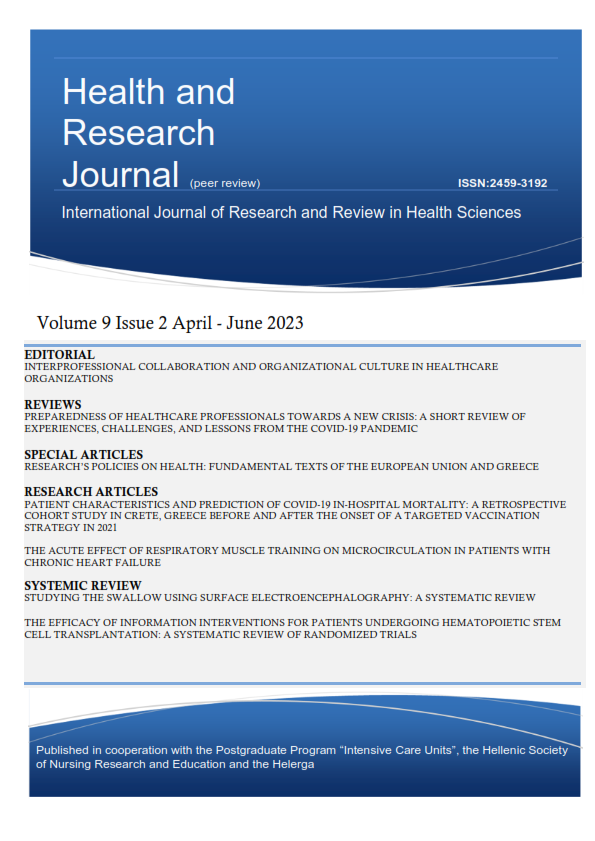
Abstract
Background: Swallowing is an important function for life sustenance but our understanding of its neural organization in the human cortex is not yet fully explored. Electroencephalography is a functional neuroimaging modality that already has and could further contribute to that direction. In this review, we have sought to gather and present findings from studies that used the EEG on healthy individuals for the investigation of the cortical mechanisms that moderate deglutition.
Methods and Materials: Four databases were searched for studies that used the EEG as their main research modality on healthy individuals and administered various stimuli for them to swallow. The risk of bias assessment of the studies was conducted using the NIH rating scale for observational studies.
Results: Our search yielded 393 studies in total and nine of them were included in the final discussion. The risk of bias assessment showed good quality of the studies. The nine studies were presented in a table following an adapted PICOS outline depicting the population, the comparisons, the means of measurement and the outcomes.
Conclusions: Researchers studied the morphology of the signal before, during and after the swallow and its discrepancies in frequency in relation to stimuli alterations. Discrepancies in methodology and concordance with previous research are discussed.
Article Details
- How to Cite
-
Alexandropoulou, A., Magkouti, E., Despoti, A., Leventakis, N., & Nanas, S. (2023). Studying the Swallow using Surface Electroencephalography: A Systematic Review. Health & Research Journal, 9(2), 104–114. https://doi.org/10.12681/healthresj.33617
- Section
- Systematic Reviews
Copyright notice:
The journal "Health and Research Journal" reserves the rights for copyright of the content of the website and also the copyright of the articles published.
By virtue of their appearance in this journal, the articles are free to be used for non-commercial purposes. However, the articles cannot and must not be used in anyway, published elsewhere or modified without any reference to the author and the first publication of the article.



